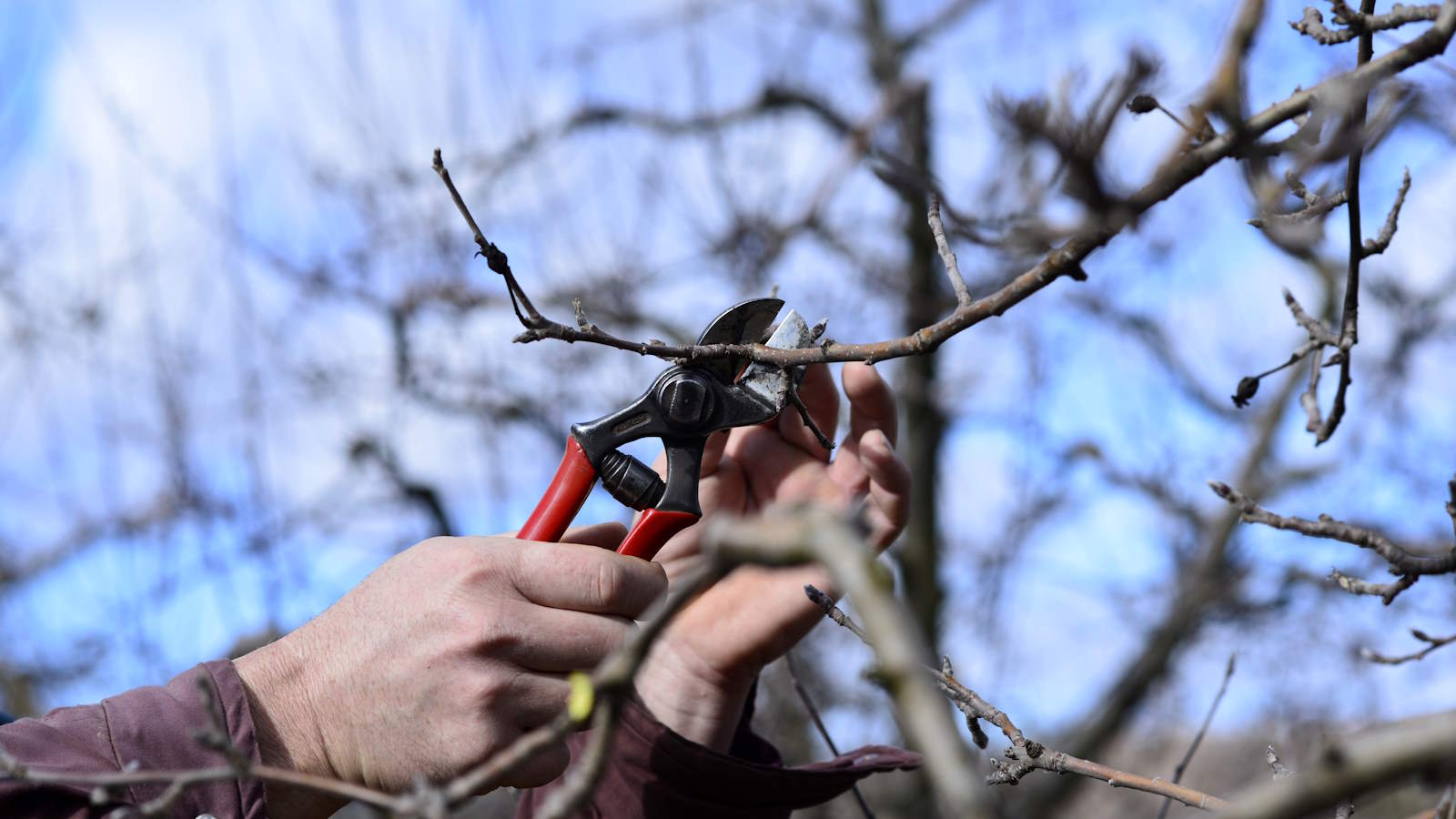
Some of the most popular fruit trees require pruning annually in winter to keep them healthy and productive. The likes of apples and pears, which are common in many people's backyards, benefit from winter pruning - and the task requires care and attention to get it right.
Understanding when, how, and why to prune fruit trees helps make sure you are cutting correctly and not doing anything that can harm the overall health of the tree.
In my years of maintaining fruit trees in orchards and walled gardens, I learnt several important steps and skills to consider that helped me when it came to pruning.
The method and timing for pruning fruit trees can depend on the type, age, and location of each individual tree. However, all fruit trees benefit from pruning and it pays to know a few tips from professionals before heading out with your tools this winter.
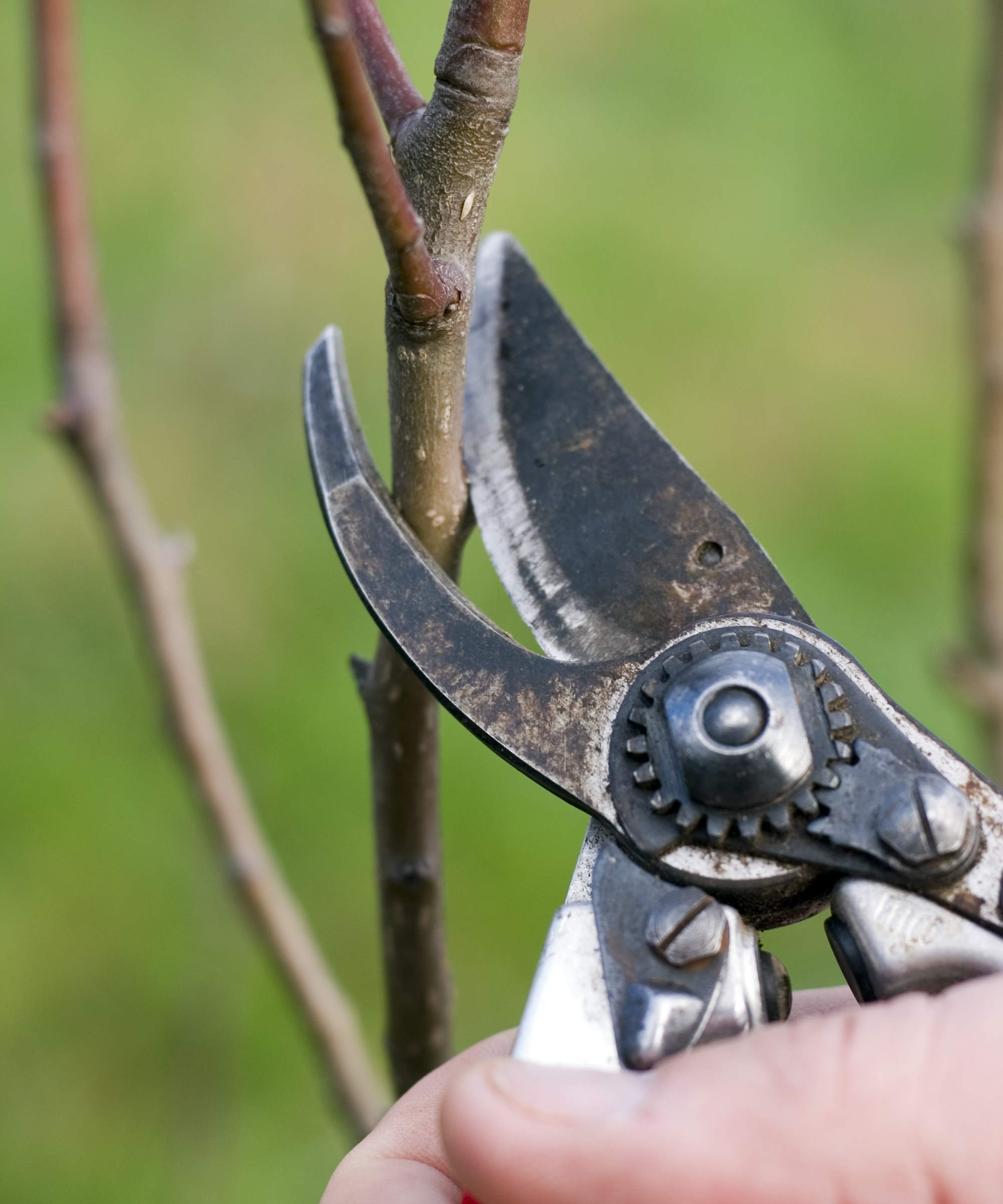
5 tips for pruning fruit trees in winter
Safety should always be first on the agenda for when you prune fruit trees, or any trees at all. It protects the welfare of both you and the tree. If your tree is very large, or you are not confident pruning, then it may be best to hire a professional tree specialist to prune for you.
If you are pruning yourself, then discover a few pointers to help you succeed and avoid making any fruit tree pruning mistakes that can potentially harm your tree.
1. Get the timing right
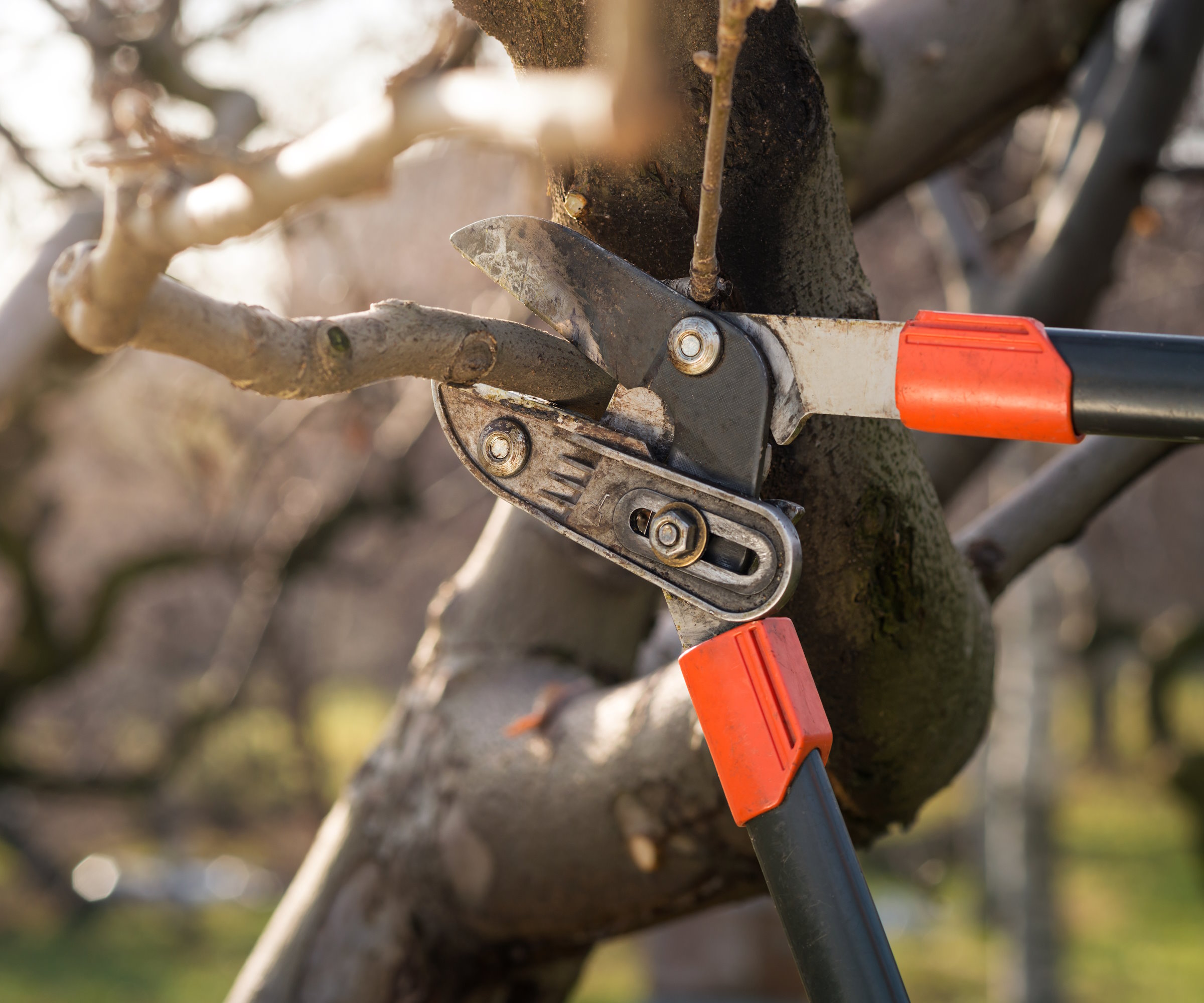
When pruning any fruit trees, it is important to only trim them at the right time of year - and not all fruit trees should be pruned at the same time.
A fundamental pruning mistake would be to treat them all the same. Mid-to-late winter or very early spring is the best time to prune the likes of apple trees and pear trees, when they are fully dormant, but not stone fruits that are best pruned in spring or summer.
Janet Melrose, the co-author of The Prairie Gardener's Go-To Guide for Fruit, advises to wait until the ‘really cold months’ are behind you, depending on your US hardiness zone, to prune. This means that cold snaps will not harm the post-pruning healing and recovery.
When it comes to bad timing, she also warns: ‘The worst time to prune is late summer and fall when the trees are maturing fruit and then need to go into dormancy without hindrance.’
Of the advantages of late winter and early spring pruning, Janet adds: ‘Wounds heal fast in spring, with less chance of pathogens entering as the pollinators that may carry viruses are not yet out and about. Fungal fruiting bodies have not yet formed and bacteria are still dormant.’
2. Use the right tools
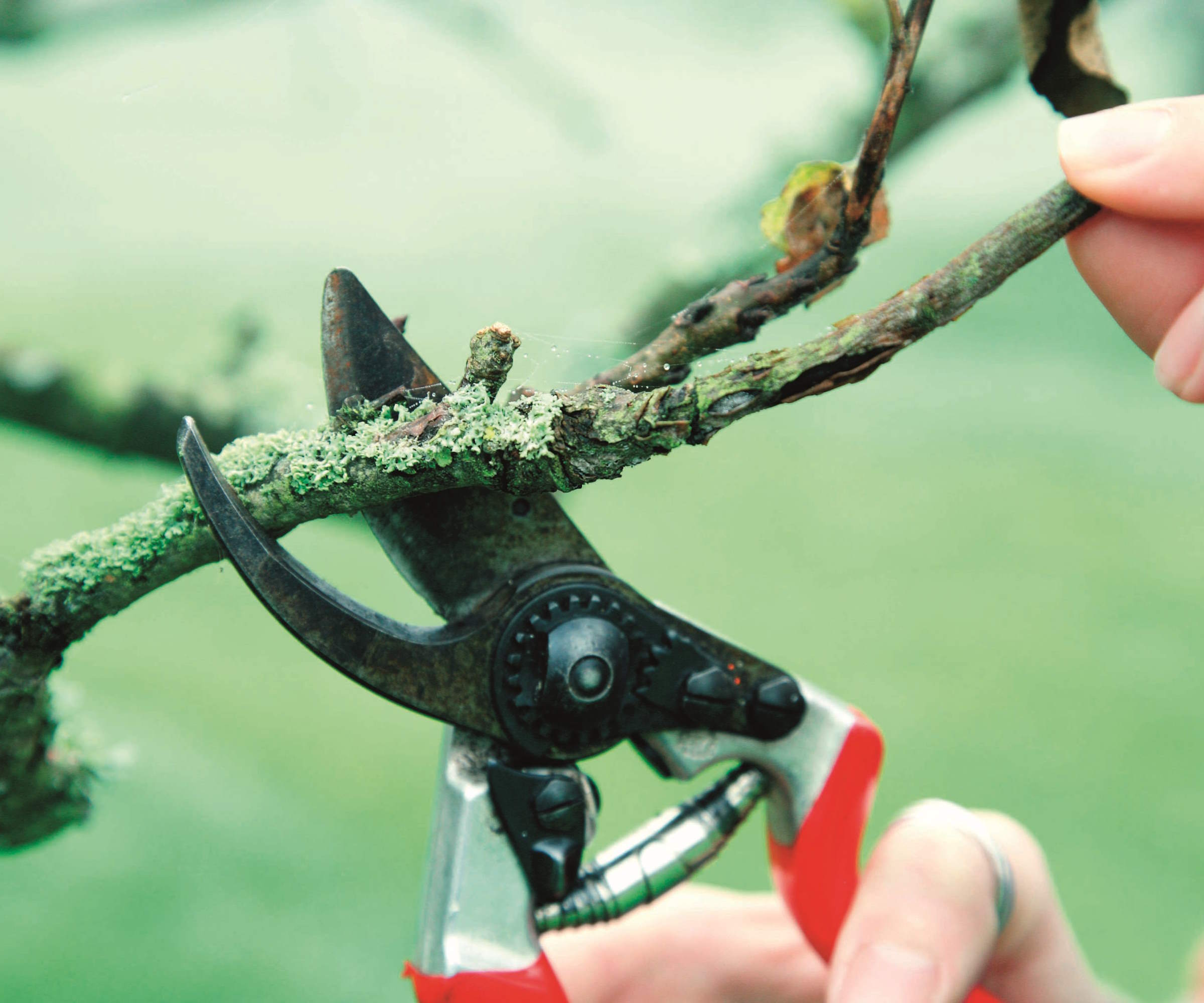
Good tools are important for pruning and, when pruning fruit trees, you are likely to need a combination of different garden tools, each designed for specific uses. Pruning fruit trees often requires:
- A pair of pruning shears for cutting small branches
- A pair of loppers to prune larger branches
- A pruning saw to cut through the thickest branches
- A sturdy ladder for reaching high branches - such as a tripod ladder, available at Amazon
- A pair of gardening gloves and eye protection again branches and sawdust
All garden tools should be clean and sharp before heading out to do any pruning - this will benefit both you and the tree.
Nadezhda Yaneva, gardening specialist for Fantastic Services, says it is important to make sure you use the ‘appropriate’ tool for the diameter of branches, adding: ‘Make sure the blades are sharp; dull tools result in ugly pruning cuts and increase labour intensity’.
Blunt and rusty tools will not only make cuts that are ugly, but such cuts are likely to take much longer to heal over. This can leave the tree increasingly vulnerable to pests and diseases.
It is also important to clean and disinfect tools between cuts, especially if the trees show signs of any diseases. Regular sanitizing of tools avoids spreading the pathogens from tree-to-tree.
A practical folding pruning saw that is ideal for cutting trees. The 10 inch taper-ground blade, with 3-sided sharpened teeth, can cut branches up to 5 inches thick and folds away for compact storage when not in use.
3. Don't rush
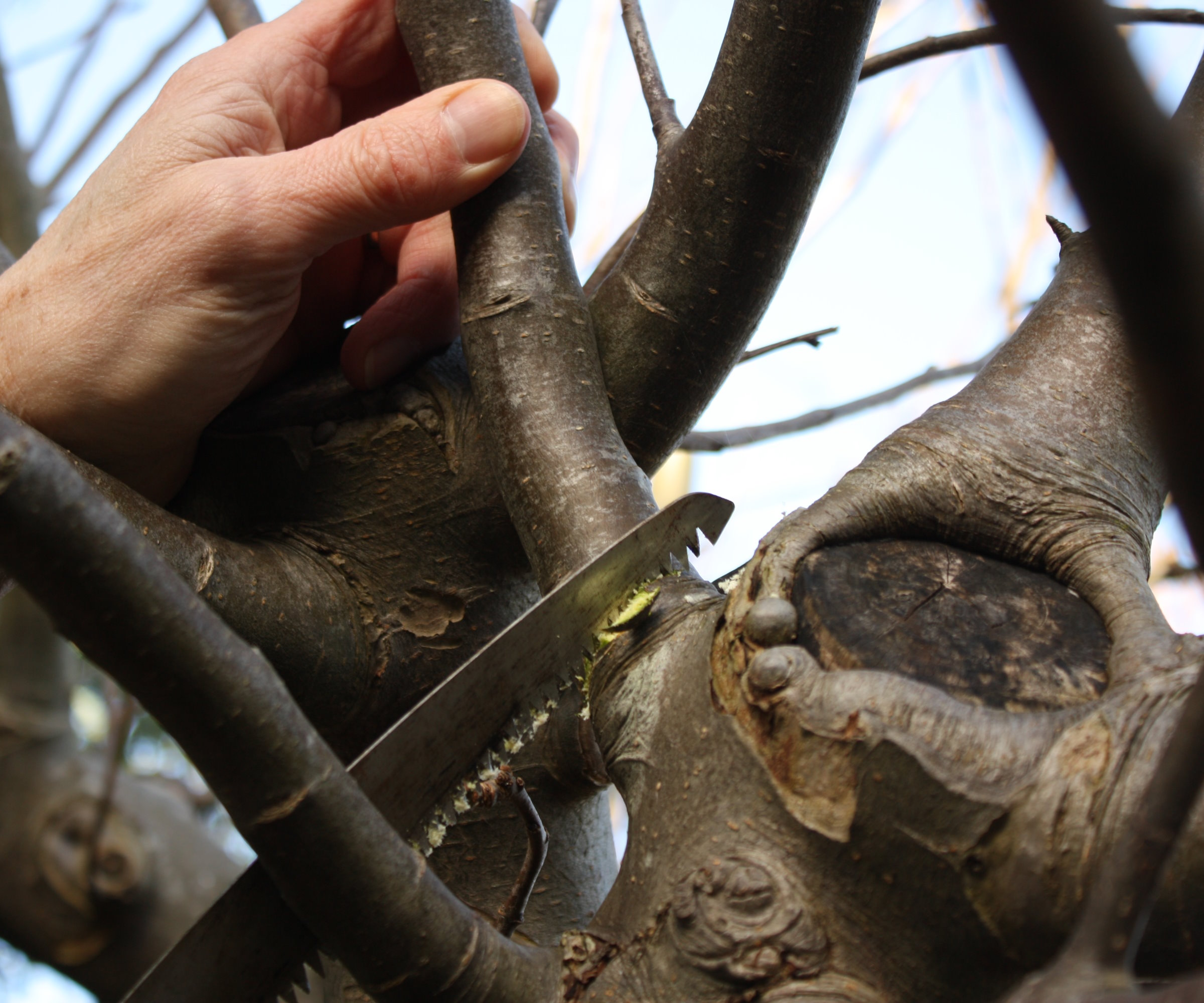
Pruning should not be rushed, it is a gradual process and will take time. Each cut should be considered and done for a reason. Rushing the task of pruning will likely lead to poor branch selection and haphazard cuts.
‘Start by assessing the tree's overall structure; a well-pruned tree should have an open canopy that allows sunlight to penetrate all branches. When selecting branches to prune, consider their age, health, and position,’ says Lindsey Hyland from Urban Organic Yield. ‘Regular inspection and maintenance will keep your fruit trees in excellent shape, ensuring a bountiful harvest.’
Each tree will need to be assessed individually and the pruning approach tailored, depending on the size of the tree and its type. The approach you take will also vary if the tree is grown as a standalone type or in a trained form, such as an espalier apple tree.
Taking regular steps back while pruning is recommended, as it gives you a chance to further look at the tree and reassess your next cuts.
4. Know your goals
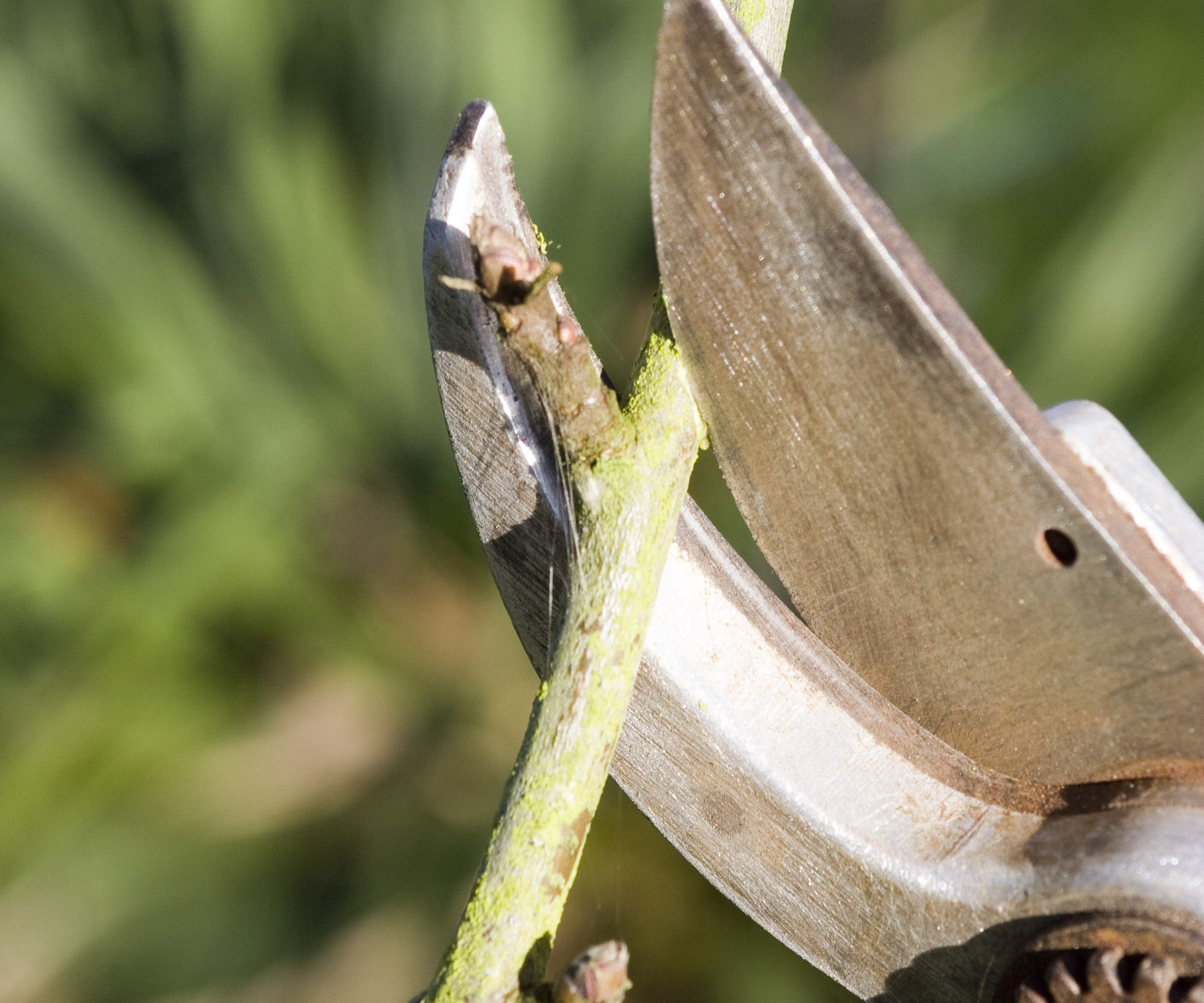
Identifying the right branches to prune involves understanding why you are pruning the tree, in terms of shape, growth, health, and fruit production. Doing your research before pruning can be important in helping you understand what you hope to achieve through trimming.
For established fruit trees you are aiming to maintain its health and boost the potential cropping. Pruning often includes thinning the canopy to allow more light and air into the tree and removing branches growing downwards or into the center of the tree.
Evan Torchio, CEO and Founder of Tree Menders, recommends that you start by focusing on removing any dead, diseased, or damaged branches first to help promote the tree’s health.
‘Then, thin out areas where branches are crowded to enhance sunlight penetration and airflow – both essential for fruit growth,’ adds Evan. ‘However, be cautious not to over-prune; removing more than a quarter of the branches can stress the tree.’
The removal of water shoots and suckers is also important as these vigorous shoots take energy away from the rest of the tree, but will not produce fruit. Removing them diverts this precious resource back into producing buds, blossom, and fruit.
While it can be easy to get carried away, as Evan mentioned, you need to show restraint and not cut out too much. The one-third pruning rule advocates not removing more than a third of any material, and it is vital to remember that when pruning any plants.
5. Make precise cuts
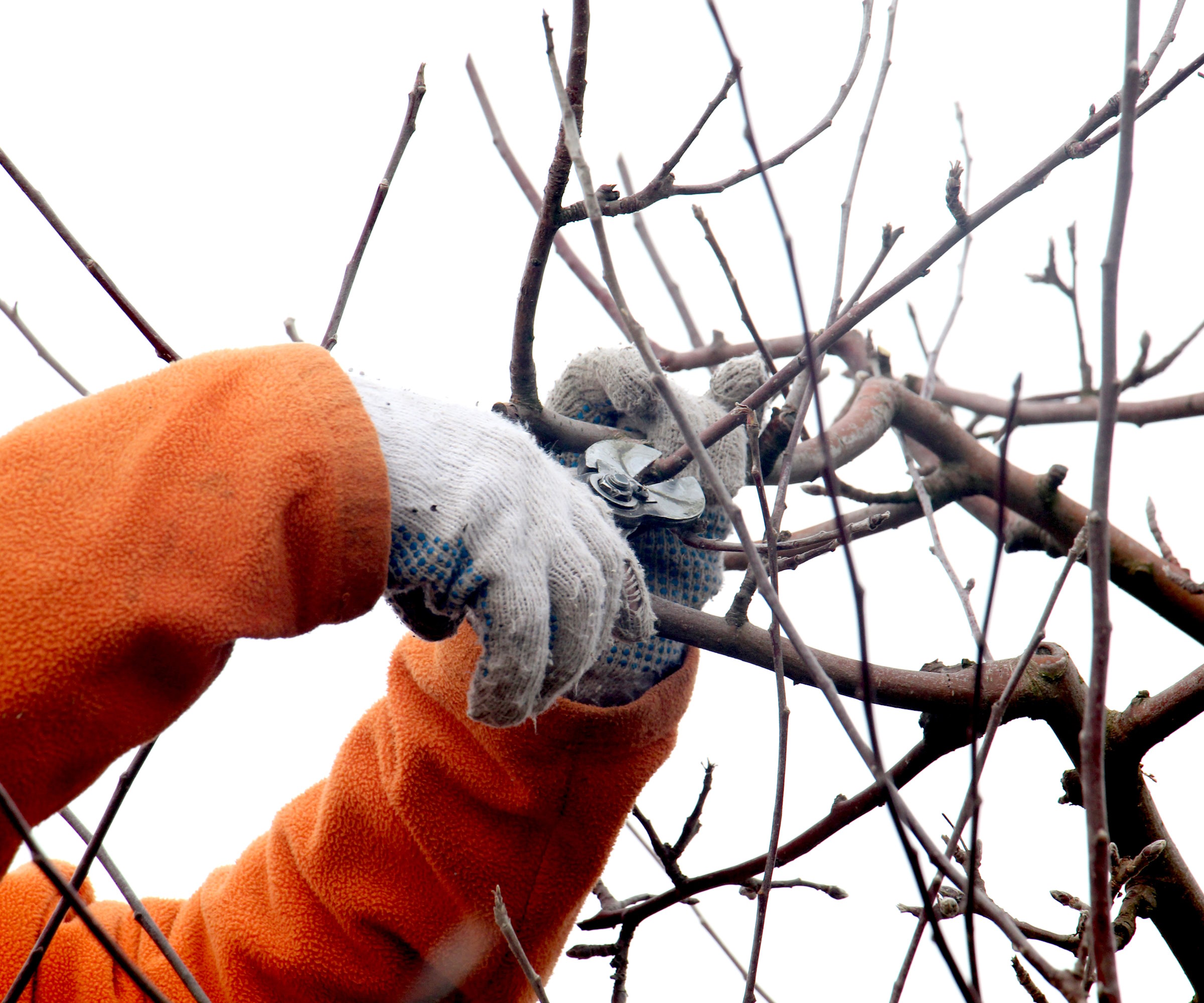
Precise cutting is crucial in helping to maintain the health of fruit trees. Not making clean and well-located cuts has the potential to cause die-back and increase the risk of diseases affecting the tree.
The cuts want to be as close to the branch collar as possible - the location where the branch meets the main trunk. Cutting close to the collar avoids leaving branch stubs, which can result in dieback that can end up affecting the trunk of the tree.
When removing large branches, it is best this is done in stages to avoid damaging the trunk too. Janet Melrose recommends starting by making a partial cut on the bottom of the branch around 12 inches away from the collar.
‘About two inches outside that first tiny cut, you can cut the branch all the way through. Approach the cut from the top of the branch this time, not the bottom. The branch will fall,’ adds Janet.
‘You are now left with a long stick still affixed to the tree, and you don’t want that. Make the final cut just outside the branch collar. This cut must be made from the top of the branch. Be extremely careful with this cut so you don’t nick the trunk, but also bear in mind that you don’t want to leave a short stub.’
These loppers can cut through branches up to 1.75" thick. The hardened stainless steel blades have a non-stick coating to make smooth and clean cuts, while the power-lever technology multiplies your leverage to make cutting two times easier
FAQs
What fruit trees should be pruned in the winter?
Apple trees, pear trees and medlar trees should be pruned in the winter, during their dormancy period. Stone fruit trees, such as peach, plum, apricot and cherry trees should be pruned in the summer rather than the winter. This is to protect them from serious fungal diseases, like silver leaf.
Can I prune plum trees in winter?
Winter is not the time for pruning plum trees. Along with other plants in the Prunus family, plum trees are very susceptible to silver leaf disease. This fungal issue enters the tree through pruning cuts and is very active during fall and winter. The best time to prune plum trees is during the summer.
Pruning fruit trees should always be part of your winter gardening checklist, especially if you have fast growing fruit trees in your backyard that are on vigorous rootstocks. While these can provide you with structure and tasty fruit quickly, they can also get too large if they are not trimmed annually as required.







